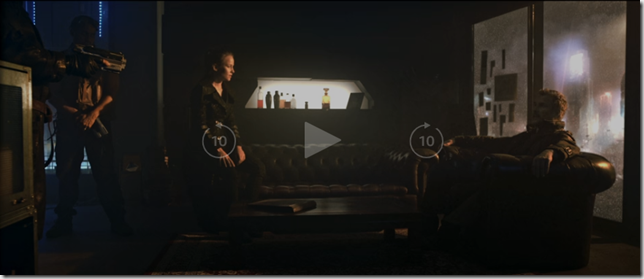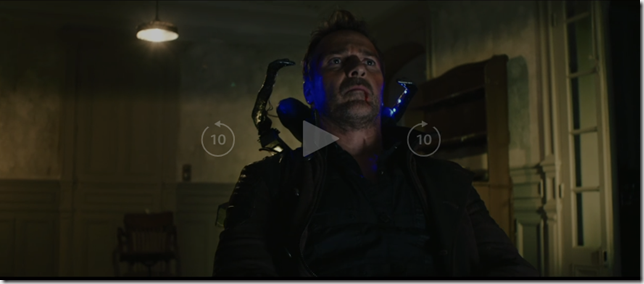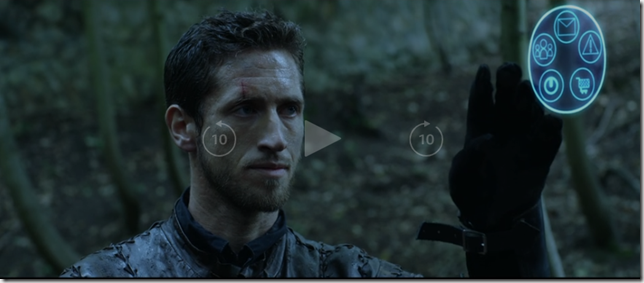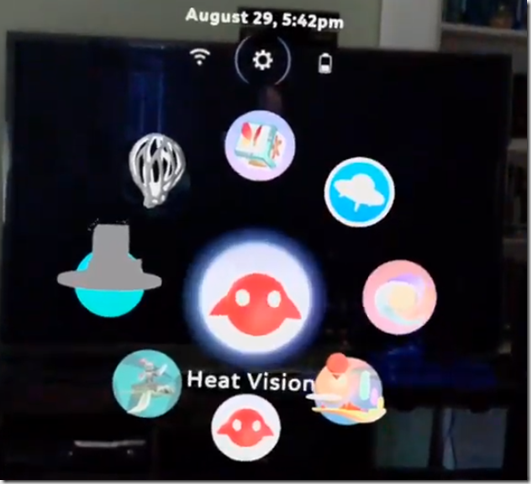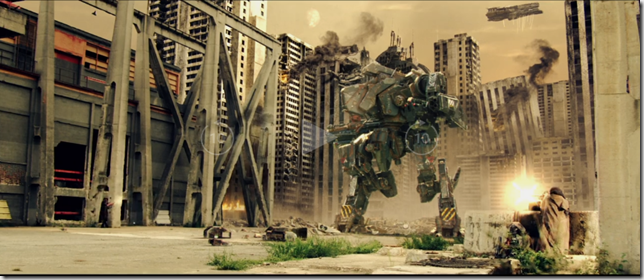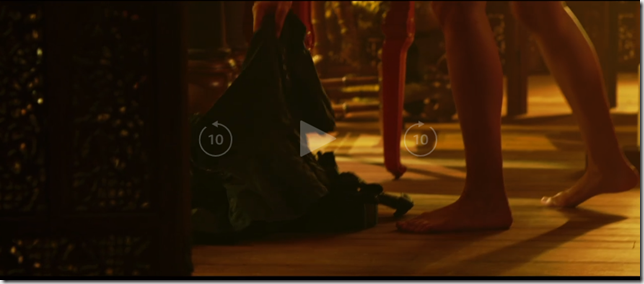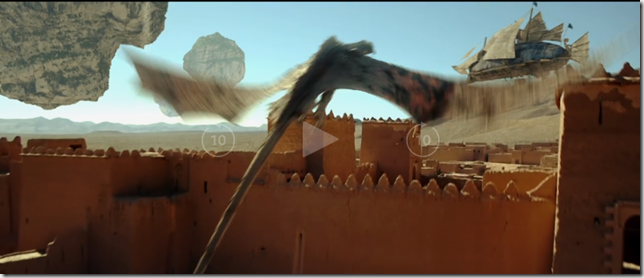In the wake of Apple’s successes over the past decade, agencies and technical schools like the Savannah College of Art and Design have been pumping out web designers and a career ecosystem that supports them as well as a particularly disciplined, minimalist, flat aesthetic that can be traced back to Steve Jobs. One of the peculiarities of the rise of 3D games and VR/AR/MR/XR platforms is that these children of the Jobs revolution have little interest in working with depth. The standards of excellence in the web-based design world — much less the print-based design world it grew out of – are too different. To work in 3D feels too much like slumming.
But design is still king in 3D as well as on the web. When the graduates of SCAD and similar schools did not embrace 3D design, film FX designers like Ash Thorp and Greg Borenstein jumped into the space the left vacant. For a period after the release of Steven Spielberg’s Minority Report in 2002, there was a competition among FX artists to try to outdo the UIs that were created for that film. From about 2010, however, that competitive trend has mellowed out and the goal of fantasy UX in sci-fi has changed into one of working out the ergonomics of near-future tech in a way that makes it feel natural instead of theatrical. By carefully watching the development of CGI artifacts in the 21st century – as an archeologist might sift through pottery shards from the ancient past –, we can see the development of a consensus around what the future is supposed to look like. Think of it as a pragmatic futurism.
The 2016 French film 2047: Virtual Revolution, written and directed by Guy-Roger Duvert and staring Mike Dopud, is a great moment in the development of cinematic language in the way it takes for granted certain sci-fi visual cliches. Even more interesting is what appears to be a relatively low-budget film is able to pull off the CGI it does, indicating a general drop in price for these effects. What used to be hard and expensive is now within reach and part of the movie making vernacular.
The story is about a future society that spends all its time playing online RPGs while the corporations that run these games have taken over the remnant of the world left behind. But what I found interesting was the radial interface used by players inside their RPGs.
It bears a passing similarity to the magic leap OS navigation menu.
It also gives a nod to popular gaming genres like Gandam battle suits …
Fantasy UX (FUX) from films like Blade Runner and The Matrix …
And World of Warcraft.
Play the movie in the background while you are working if you don’t have time to get into the plot about a dystopic future in which people are willingly enslaved to VR … blah, blah, blah. But look up from time to time in order to see how the FX designers who will one day shape our futures are playing with the grammar of the VR\AR\MR\XR visual language.
The effects for 2047 appear to have been done by an FX and VR company in France called Backlight. The movie is currently free to Amazon Prime members.
For some more innovative FUX work, please take a look at 2013’s Ender’s Game or the Minority Report tv series from 2015.

